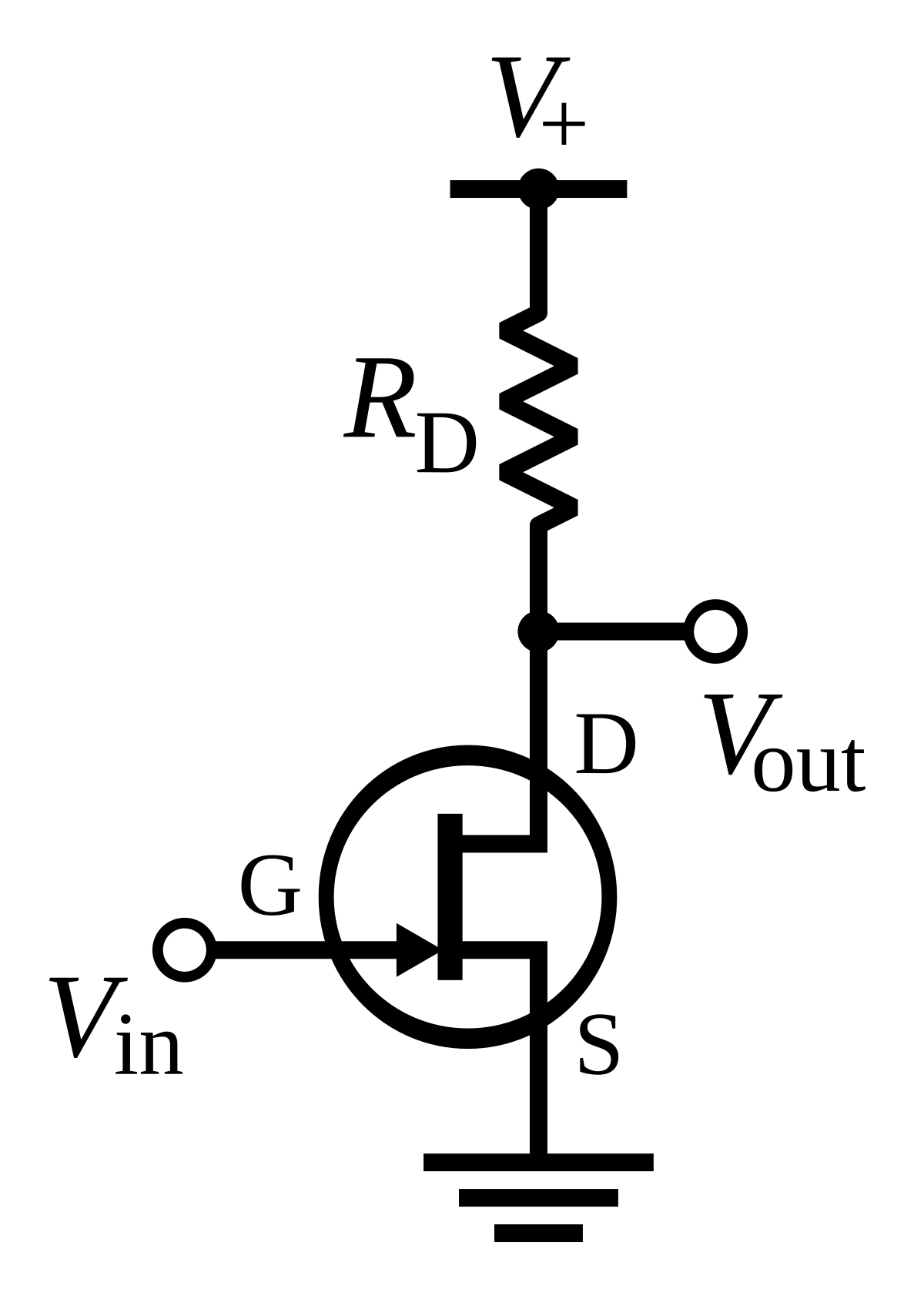
MOSFETs are in stock with same-day shipping at Mouser Electronics from industry leading manufacturers.Mouser is an authorized distributor for many MOSFET manufacturers including Diodes Inc., Infineon, IXYS, Microchip, Nexperia, ON Semiconductor, STMicroelectronics, Texas. FET Op Amp The FM3954 monolithic-dual provides an ideal low-offset, low-drift buffer function for the LM101A op amp. The excel-lent matching characteristics of the FM3954 track well over its bias current range thus improving common mode rejec-tion. TL/H/6791–31 High Toggle Rate High Frequency Analog Switch. FET-Input, Low Power INSTRUMENTATION AMPLIFIER DESCRIPTION The INA121 is a FET-input, low power instrumenta-tion amplifier offering excellent accuracy. Its versatile three-op amp design and very small size make it ideal for a variety of general purpose applications. Low bias current (±4pA) allows use with high impedance sources. The P Channel FET provides power amplification for the negative part of the AC input. The voltage gain is 1 No output coupling capacitor is needed (avoiding the use of a physically big component). Single ended (not push pull) amplifiers need a big output coupling capacitor. A Cascade of Three FET Stages: Current Source Biasing ID1 VDD ID2 VDD VBIAS vin M1 M2 ID3 VDD VOUT vout M3 IREF VDD M4 M5 M6 The sizes (W/L ratios) of M4, M5, and M6can be adjusted to get the desired bias currents for the three amplifier stages MA MB ECE 315 –Spring 2007 –Farhan Rana –Cornell University A Cascade of CS and CG: A.

A FET amplifier is an amplifier that uses one or more field-effect transistors (FETs). The most common type of FET amplifier is the MOSFET amplifier, which uses metal–oxide–semiconductor FETs (MOSFETs). The main advantage of a FET used for amplification is that it has very high input impedance and low output impedance.
In detail[edit]
The transconductance is given by
On rearranging, we get
Equivalent circuit[edit]
The internal resistance Rgs, between gate and source appears between drain and source. Rds is internal resistance between drain and source.As Rgs is very high, it is taken to be infinite and Rds is neglected.[1]
Voltage gain[edit]
For ideal FET equivalent circuit, voltage gain is given by,
From the equivalent circuit,
and from the definition of transconductance,
we get
Types of FET amplifiers[edit]
There are three types of FET amplifiers: which terminal is the common input and output? (This is similar to a bipolar junction transistor (BJT) amplifier.)
Common gate amplifier[edit]
The gate is common to both input and output.
Common source amplifier[edit]
The source is common to both input and output.
Common drain amplifier[edit]

Fet Amp
The drain is common to both input and output. It is also known as a 'source follower'.[2]
History[edit]
The basic principle of the field-effect transistor (FET) amplifier was first proposed by Austro-Hungarian physicist Julius Edgar Lilienfeld in 1925.[3] However, his early FET concept was not a practical design.[4] The FET concept was later also theorized by Oskar Heil in the 1930s and William Shockley in the 1940s,[5] but there was no working practical FET built at the time.[4]
MOSFET amplifier[edit]
A breakthrough came with the work of Egyptian engineer Mohamed M. Atalla in the late 1950s.[6] He developed the method of surface passivation, which later became critical to the semiconductor industry as it made possible the mass-production of siliconsemiconductor technology, such as integrated circuit (IC) chips.[7][4][8] For the surface passivation process, he developed the method of thermal oxidation, which was a breakthrough in silicon semiconductor technology.[9] The surface passivation method was presented by Atalla in 1957.[10] Building on the surface passivation method, Atalla developed the metal–oxide–semiconductor (MOS) process,[7] with the use of thermally oxidized silicon.[11][12] He proposed that the MOS process could be used to build the first working silicon FET, which he began working on building with the help of Korean recruit Dawon Kahng.[7]
The MOS field-effect transistor (MOSFET) amplifier was invented by Mohamed Atalla and Dawon Kahng in 1959.[5] They fabricated the device in November 1959,[13] and presented it as the 'silicon–silicon dioxide field induced surface device' in early 1960,[14] at the Solid-State Device Conference held at Carnegie Mellon University.[15] The device is covered by two patents, each filed separately by Atalla and Kahng in March 1960.[16][17]
See also[edit]
References[edit]
Fet Amplifier Experiment
- ^ abThomas L. Floyd (2011). Electronic Devices. Dorling Kinersley (India) Pvt. Ltd., licensees of Pearson Education in South Asia. p. 252. ISBN978-81-7758-643-5.
- ^Allen Mottershead (2003). Electronic Devices and circuits. Prentice-Hall of India, New Delhi-110001. ISBN81-203-0124-2.
- ^Lilienfeld, Julius Edgar (1926-10-08) 'Method and apparatus for controlling electric currents' U.S. Patent 1745175A
- ^ abc'Dawon Kahng'. National Inventors Hall of Fame. Retrieved 27 June 2019.CS1 maint: discouraged parameter (link)
- ^ ab'1960: Metal Oxide Semiconductor (MOS) Transistor Demonstrated'. The Silicon Engine: A Timeline of Semiconductors in Computers. Computer History Museum. Retrieved August 31, 2019.CS1 maint: discouraged parameter (link)
- ^Puers, Robert; Baldi, Livio; Voorde, Marcel Van de; Nooten, Sebastiaan E. van (2017). Nanoelectronics: Materials, Devices, Applications, 2 Volumes. John Wiley & Sons. p. 14. ISBN9783527340538.
- ^ abc'Martin (John) M. Atalla'. National Inventors Hall of Fame. 2009. Retrieved 21 June 2013.CS1 maint: discouraged parameter (link)
- ^Lojek, Bo (2007). History of Semiconductor Engineering. Springer Science & Business Media. pp. 321–3. ISBN9783540342588.
- ^Huff, Howard (2005). High Dielectric Constant Materials: VLSI MOSFET Applications. Springer Science & Business Media. p. 34. ISBN9783540210818.
- ^Lojek, Bo (2007). History of Semiconductor Engineering. Springer Science & Business Media. p. 120. ISBN9783540342588.
- ^Deal, Bruce E. (1998). 'Highlights Of Silicon Thermal Oxidation Technology'. Silicon materials science and technology. The Electrochemical Society. p. 183. ISBN9781566771931.
- ^U.S. Patent 2,953,486
- ^Bassett, Ross Knox (2007). To the Digital Age: Research Labs, Start-up Companies, and the Rise of MOS Technology. Johns Hopkins University Press. p. 22. ISBN9780801886393.
- ^Atalla, M.; Kahng, D. (1960). 'Silicon–silicon dioxide field induced surface devices'. IRE-AIEE Solid State Device Research Conference. Carnegie Mellon University Press.
- ^'Oral-History: Goldey, Hittinger and Tanenbaum'. Institute of Electrical and Electronics Engineers. 25 September 2008. Retrieved 22 August 2019.CS1 maint: discouraged parameter (link)
- ^U.S. Patent 3,206,670 (1960)
- ^U.S. Patent 3,102,230 (1960)
